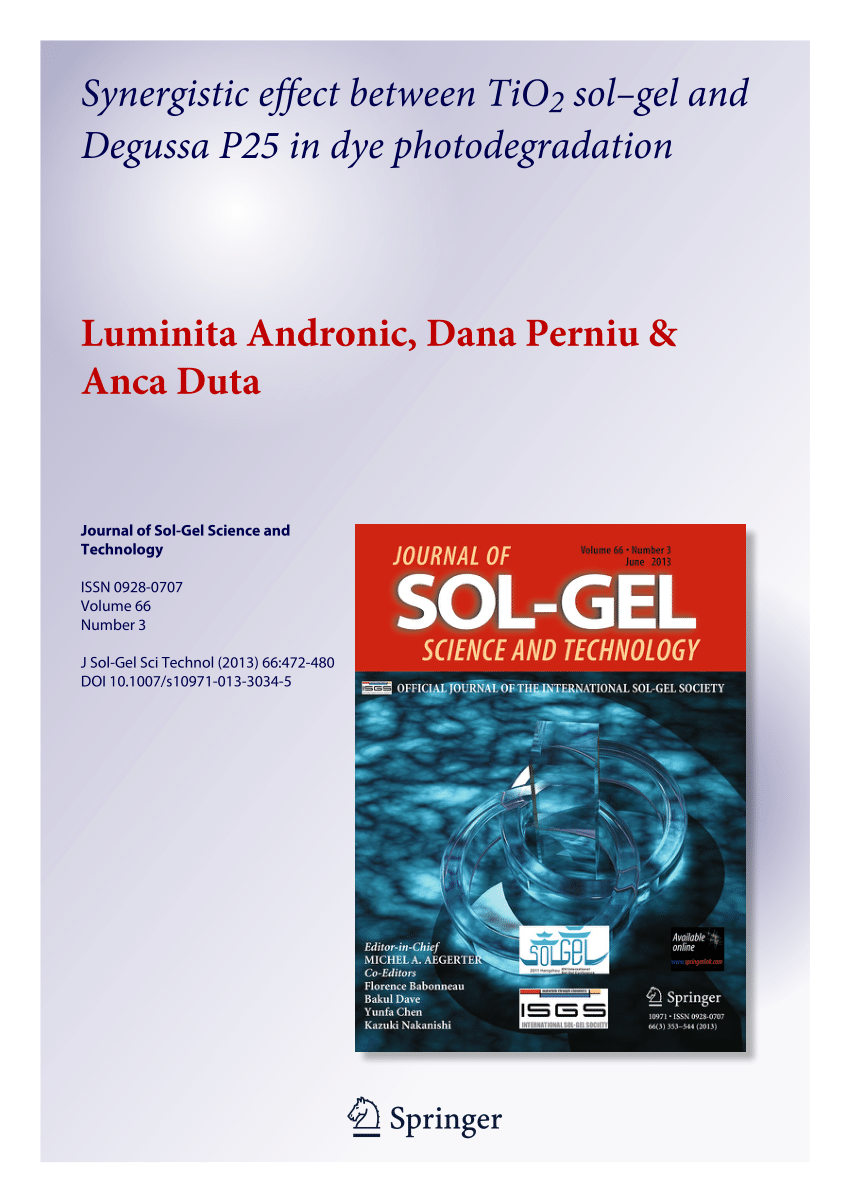This study highlights the influence of various substrates on the structural integrity, phase purity, morphology, composition, magnetic properties, and electronic behavior of V2O5 thin films synthesized through chemical solution methods on Si (111), ITO-coated glass, and glass substrates. The amorphous and smooth surfaces of the films were found on glass substrates, while those on ITO-coated glass and Si (111) substrates displayed a polycrystalline nature, with crystallinity increasing from ITO-coated glass to Si. Atomic force microscopy (AFM) confirmed the RMS roughness of the films, and morphology was conducted using high-resolution scanning electron microscopy (HR-SEM) and also energy-dispersive spectroscopy (EDS) mapping for elemental characterization. To know the functional groups present in the samples, Fourier-transform infrared (FT-IR) spectroscopy was employed. The band gap, measured by UV-Vis spectroscopy, ranged from 0.79 ± 0.01 to 0.9 ± 0.01 eV. The bulk magnetization measurements suggest that it exhibits ferromagnetic (FM) behavior with a saturation magnetization of 0.0–0.5 µB/cc. Core-level spectroscopy revealed that vanadium exists in a mixed oxidation state of 5+ and 4+. Findings from XPS, HR-SEM, and UV-Vis measurements confirm oxygen vacancies have a significant role in reducing the band gap and enhancing FM-like behavior in V2O5/Si films, which are also influenced by the films’ crystallinity and morphology. These results could pay great attention to the development of spintronic devices.


